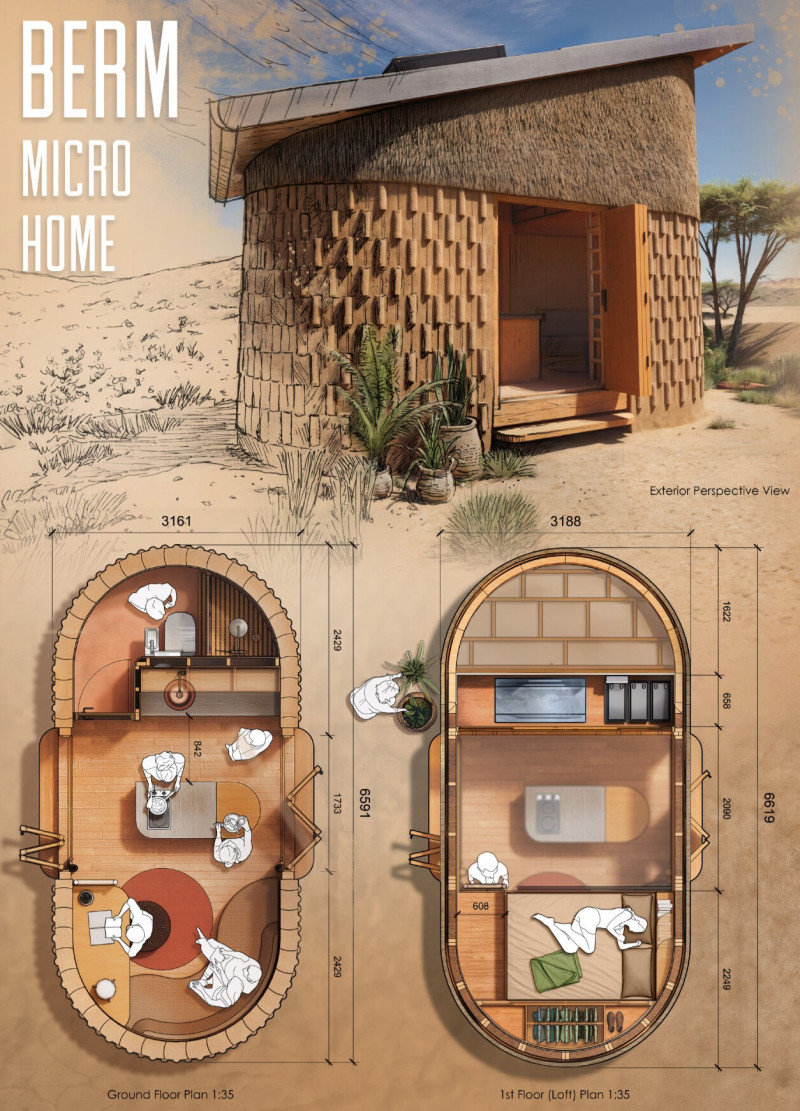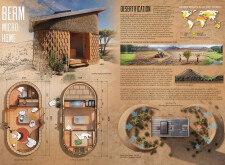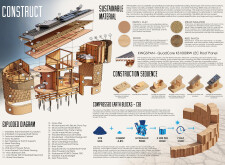5 key facts about this project
### Project Overview
Located in [Geographical Location], this architectural design aims to fulfill [Purpose of the Project, e.g., residential, commercial, cultural], addressing both functional and aesthetic needs within its immediate environment. The design integrates local architectural traditions and contemporary practices, focusing on creating spaces that promote interaction and accessibility.
### Spatial Arrangement and Human Interaction
Central to the design is a strategy that prioritizes open-plan layouts, encouraging connectivity among occupants. The arrangement of spaces fosters social engagement while maintaining distinct areas for privacy and reflection. Key features such as [balconies, terraces, atriums] support this interaction, allowing for a dynamic flow between indoor and outdoor environments. The careful placement of windows optimizes natural light while framing views of the surrounding landscape, enhancing the spatial experience.
### Material Selection and Sustainability
The project's material palette emphasizes durability and environmental responsibility.
- **Concrete** serves as the structural backbone, offering strength and flexibility in design.
- **Glass** elements are incorporated to maximize daylight and enhance the visual connectivity with the exterior.
- **Wood** is utilized in various applications, such as cladding and flooring, to introduce warmth and a natural aesthetic.
- **Steel** elements provide structural integrity while contributing to a contemporary look.
- **Brick** reflects local building practices and assures longevity.
- **Green Roof Systems** are implemented to improve insulation, promote biodiversity, and manage rainwater.
This thoughtful selection of materials supports not only the visual identity of the project but also its sustainability goals, aligning with contemporary environmental standards through the use of passive solar design and energy-efficient technologies.

























































